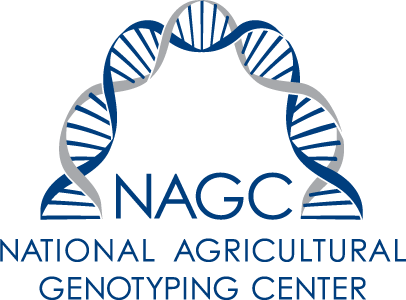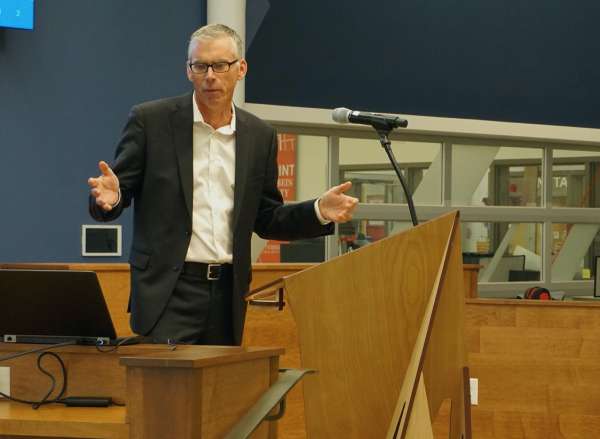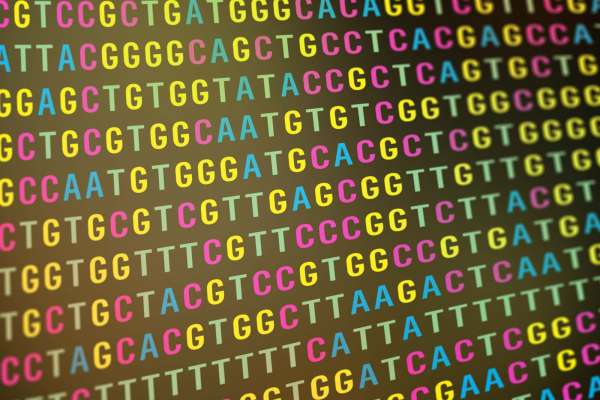Discovering and diagnosing honey bee killers
Lessons
# Sample bees for mites
Students learn a procedure to sample a varroa mite infestation of a honey bee colony. (This activity requires access to a honey bee colony and should be done alongside an experienced beekeeper.)
Files
# Analyze sequences
Students analyze genetic sequences to identify the virus associated with colony loss.
Files
# Develop primers
Extension: Students create PCR primers from genetic sequences to develop new diagnostic tests for DWV variants (Types A & B).
Files
Teacher background
According to the US EPA, “Colony Collapse Disorder [CCD] is the phenomenon that occurs when the majority of worker bees in a colony disappear and leave behind a queen, plenty of food, and a few nurse bees to care for the remaining immature bees and the queen.” (US EPA) Although this was once thought to be an increasing problem, the number of reported cases of CCD are now holding steady over the past five years, yet it is still a concern.
Along with CCD, an increasing number of pathogens and pests are associated with colony decline. Varroa mites, parasites that feed on developing honey bees, increase brood mortality and reduce the lifespan of worker bees. They also transmit numerous honey bee viruses. While all viruses have genetic material, some consist of single-stranded RNA that is replicated in a host cell. This unit focuses on some of the most devastating groups of RNA viruses on honey bees: Deformed Wing Virus, or DWV.

Next gen science standards
Science and engineering practices
- Asking questions (for science) and defining problems (for engineering)
- Analyzing and interpreting data
- Engaging in argument from evidence
- Obtaining, evaluating, and communicating information
Crosscutting concepts
- Patterns
- Stability and change
Disciplinary core ideas/content
- ESS2A Earth materials and systems
- ESS2E Biogeology
- LS1D Information processing
- LS4A Evidence of common ancestry and diversity
- ETS2B Influence of engineering, technology and science on society and the natural world






Share this